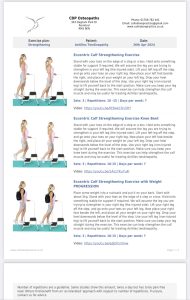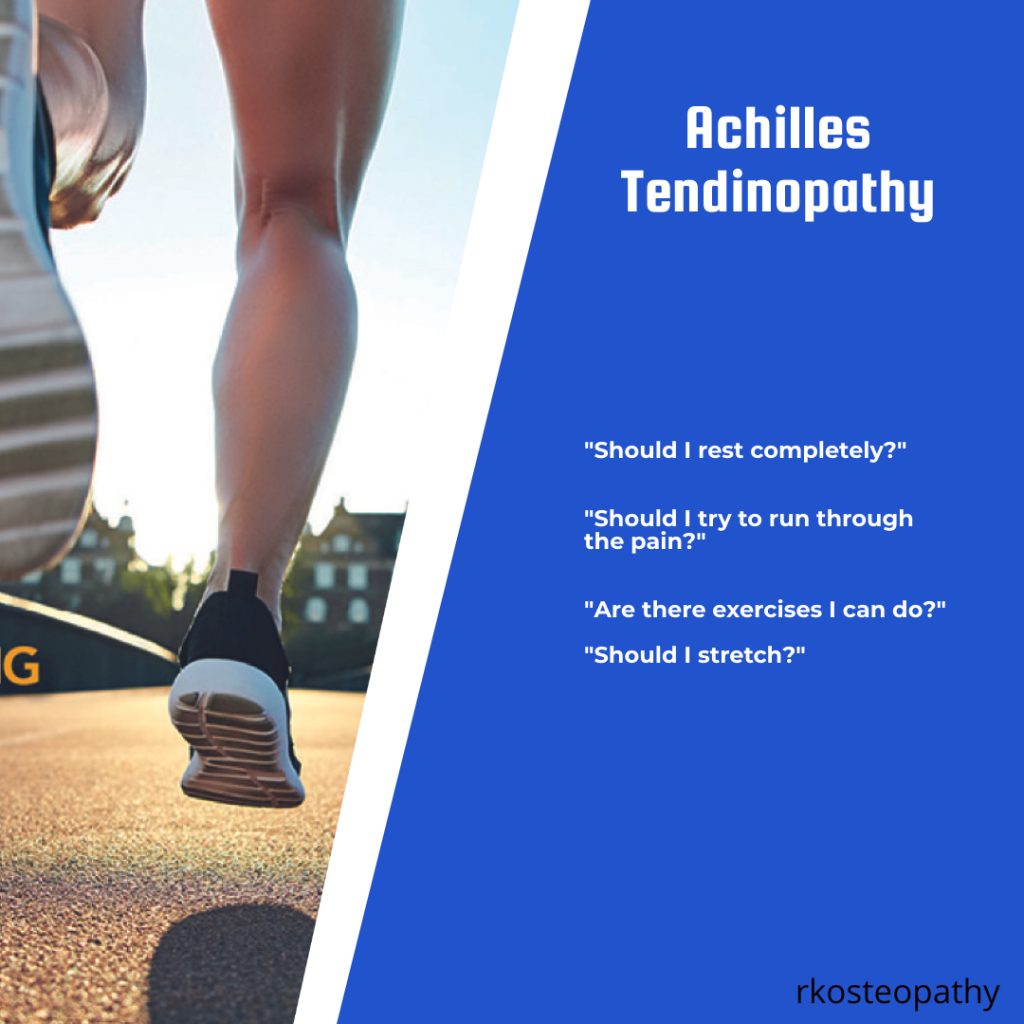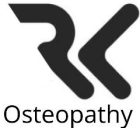With the London Marathon fast approaching, calf injuries and achilles tendon pain in partucular, is a running related injury that we see quite commonly.
The achilles is exposed to huge loads when running – roughly 5.2x our bodyweight. But tendons are incredibly sensitive to load, and especially sudden changes in load, whether that be a rapid increase in running volume or certain biomechanics that repeatedly overload one specific area.
The big question is often “should I rest it completely?”, “can I run it off?” or “are there exercises I can do?”
Generally, tendinopathies don’t respond well to complete rest or indeed, trying to run through the pain.
What makes rehab tricky is that tendons need to be exposed to load in order to strengthen them, and for them to adapt and become more robust, however too much, too quickly, and we risk overload. Managing this exposure to load can be difficult, and there is no one size fits all, but if you get the balance right, treatment outcomes can be really positive.
Often a protocol such is this outlined below can be beneficial. We can assist in the diagnosis of this and rehab protocol with an online assessment.
Achilles tendon Loading Programme
12-Week Eccentric Loading Program
A study on the effect of heavy load eccentric calf muscle training in recreational athletes with a long duration of symptoms and a diagnosis of chronic Achilles tendinosis (degenerative changes) by Alfredson et al. [2] suggest the following 12-week programme.
Exercise is a key component of the rehabilitation programme to aid the return to function and activity. In order to achieve the best recovery possible, it is important, that after a period of rest, focus on tendon loading is considered. How the programme is implemented will depend on an individual’s response to pain and the extent of degenerative changes that have occurred. The following programme looks at one such loading programme. It is by no means a ‘one size fits all’ approach but to be used as an example. We recommend that you get professional advice before starting such a programme
Patient status week at consultation: Achilles tendon pain – no running activities. Reduced calf muscle strength on the injured side compared to the non-injured side.
Training Schedule
All exercises were 7 days per week. Patients were told to continue to exercise with pain unless it became disabling.
Patients were allowed to jog during their 12‐week rehabilitation so long as it caused only mild discomfort.
Exercises are performed twice a day with the knee extended and then repeated with the knee flexed:
3 x 15 repetitions twice per day with extended knee
3 x 15 repetitions twice per day with a flexed knee.

This is written as an example rather than a recommended approach for all tendinopathy. We recommend that you get professional advice before starting such a programme.

